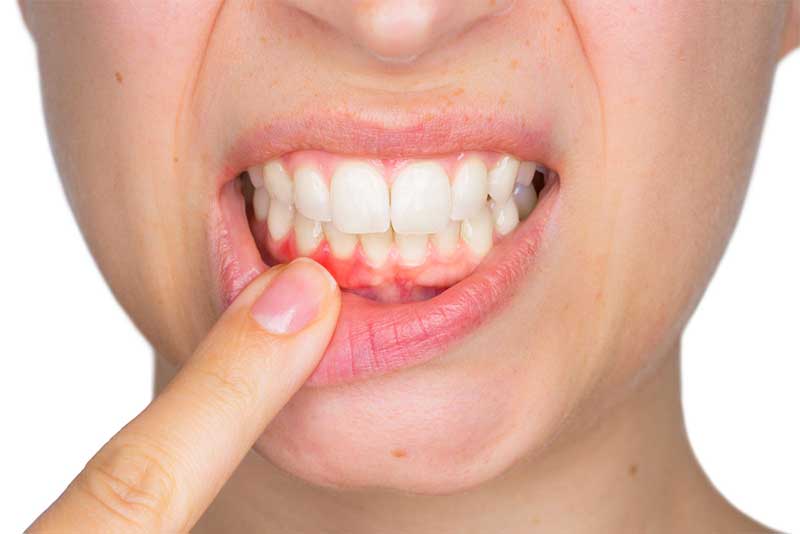Introduction
Periodontal disease, commonly known as gum disease, is a prevalent oral health condition that affects the gums and supporting structures of the teeth. Early detection and treatment are crucial for preventing disease progression and preserving oral health. Recognizing the signs that indicate the need for periodontal disease treatment is essential for addressing the condition promptly and effectively.
Gum Inflammation
One of the early signs of periodontal disease is gum inflammation, characterized by redness, swelling, and tenderness of the gums. Healthy gums should appear pink and firm, but inflammation caused by bacterial infection can cause the gums to become swollen, puffy, and sensitive to touch.
Bleeding Gums
Bleeding gums, especially during brushing, flossing, or eating, are often an indication of gum disease. Healthy gums should not bleed during routine oral hygiene practices. If you notice blood on your toothbrush, dental floss, or in the sink after brushing or flossing, it may be a sign of gingivitis or more advanced periodontal disease.
Gum Recession
Gum recession occurs when the gum tissue pulls away from the teeth, exposing the tooth roots and creating spaces or pockets between the gums and teeth. Receding gums may result in tooth sensitivity to hot or cold temperatures, as well as an increased risk of tooth decay and gum infection.
Loose or Shifting Teeth
As periodontal disease progresses, the supporting structures of the teeth, including the gums and jawbone, may become damaged, leading to loose or shifting teeth. Changes in tooth alignment or gaps between teeth may indicate bone loss and severe periodontal disease that requires prompt treatment to prevent tooth loss.
Persistent Bad Breath
Chronic bad breath, also known as halitosis, is a common symptom of periodontal disease. Bacterial buildup and infection in the gums can produce foul-smelling compounds that contribute to persistent bad breath. Despite regular brushing, flossing, and mouthwash use, bad breath may persist without appropriate periodontal treatment.
Pus Formation
In advanced cases of periodontal disease, pockets of pus or infection may develop between the gums and teeth, leading to the formation of gum abscesses. These abscesses may cause pain, swelling, and the release of foul-tasting pus. Pus formation is a sign of active infection and requires immediate dental attention.
Conclusion
Recognizing the signs that indicate the need for periodontal disease treatment is essential for maintaining optimal oral health and preventing complications such as tooth loss and systemic health issues. If you experience.these signs,.immediately visit Coweta Smile to get appropriate periodontal disease treatment in Coweta OK. Here you will consult with the best professionals to discuss your problem in detail.

